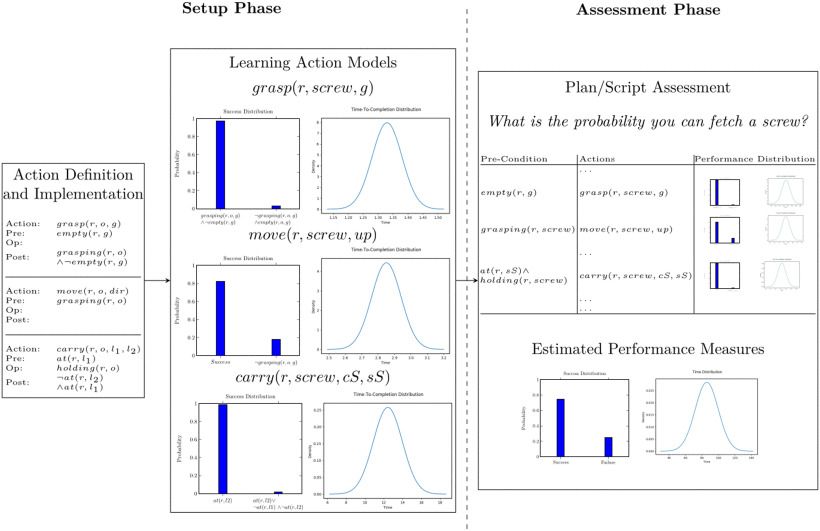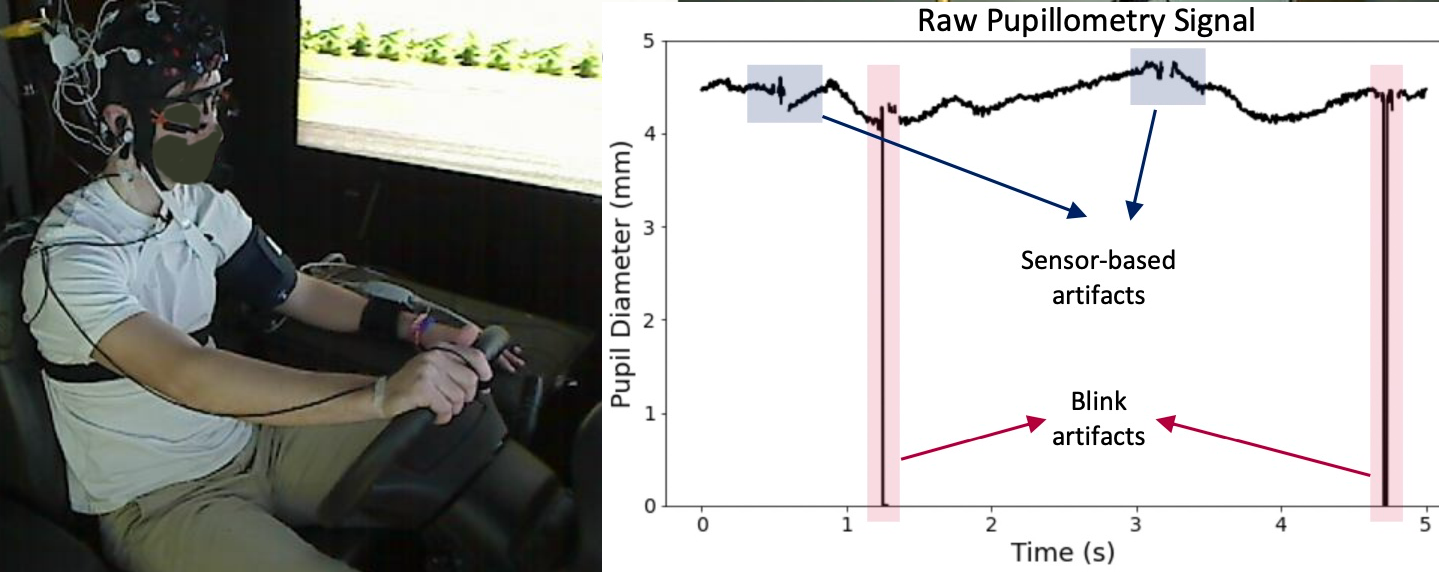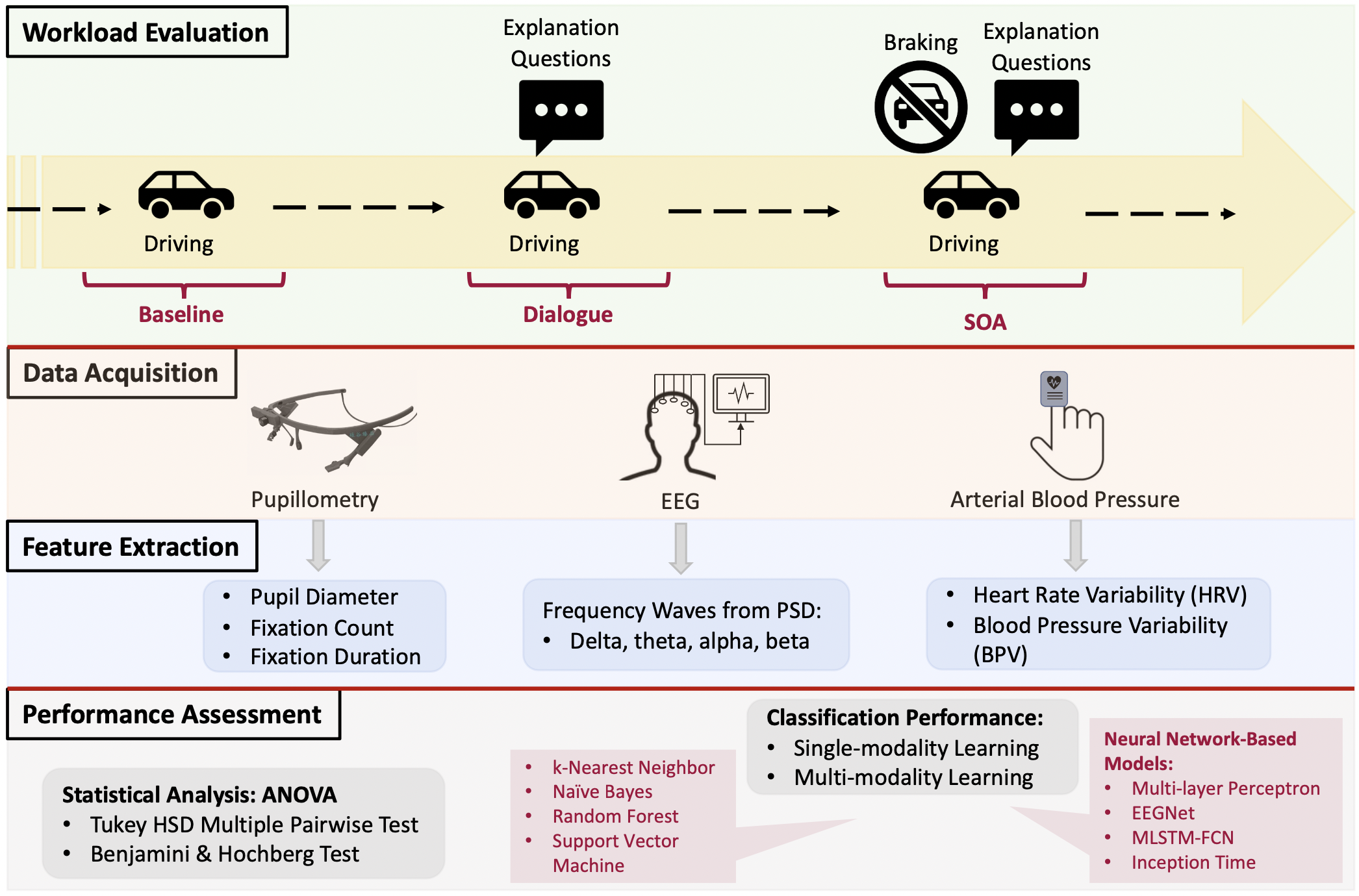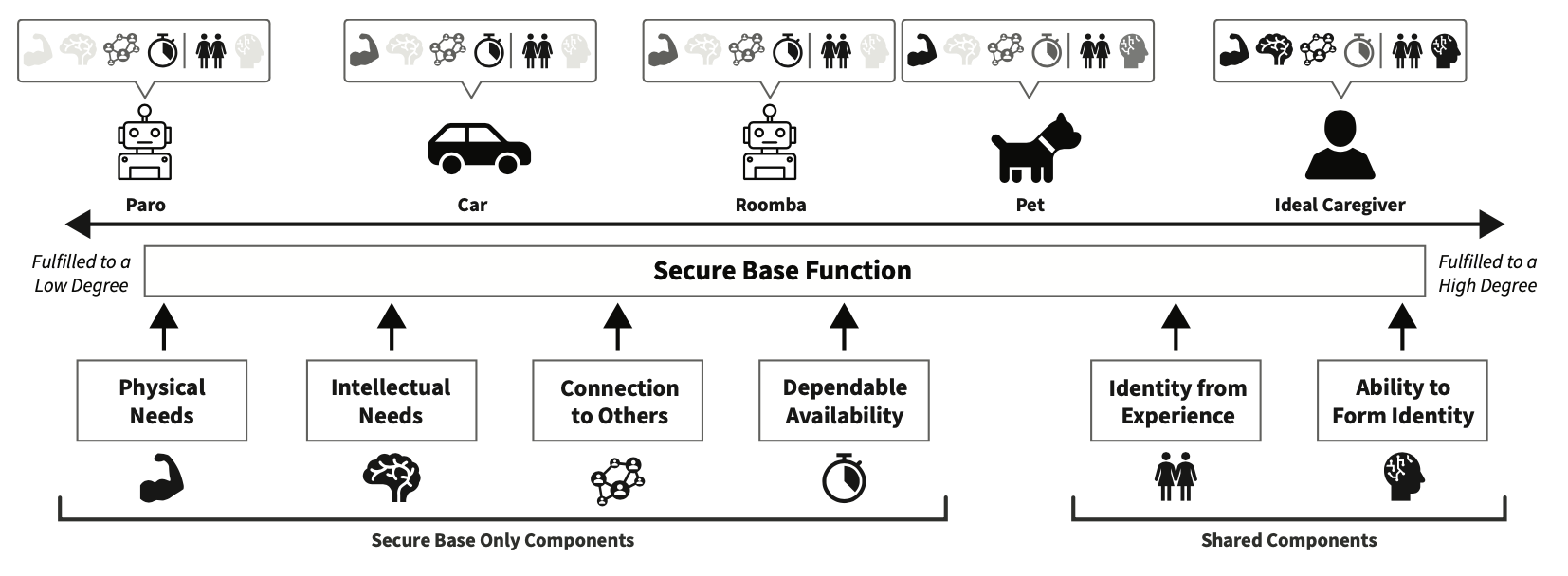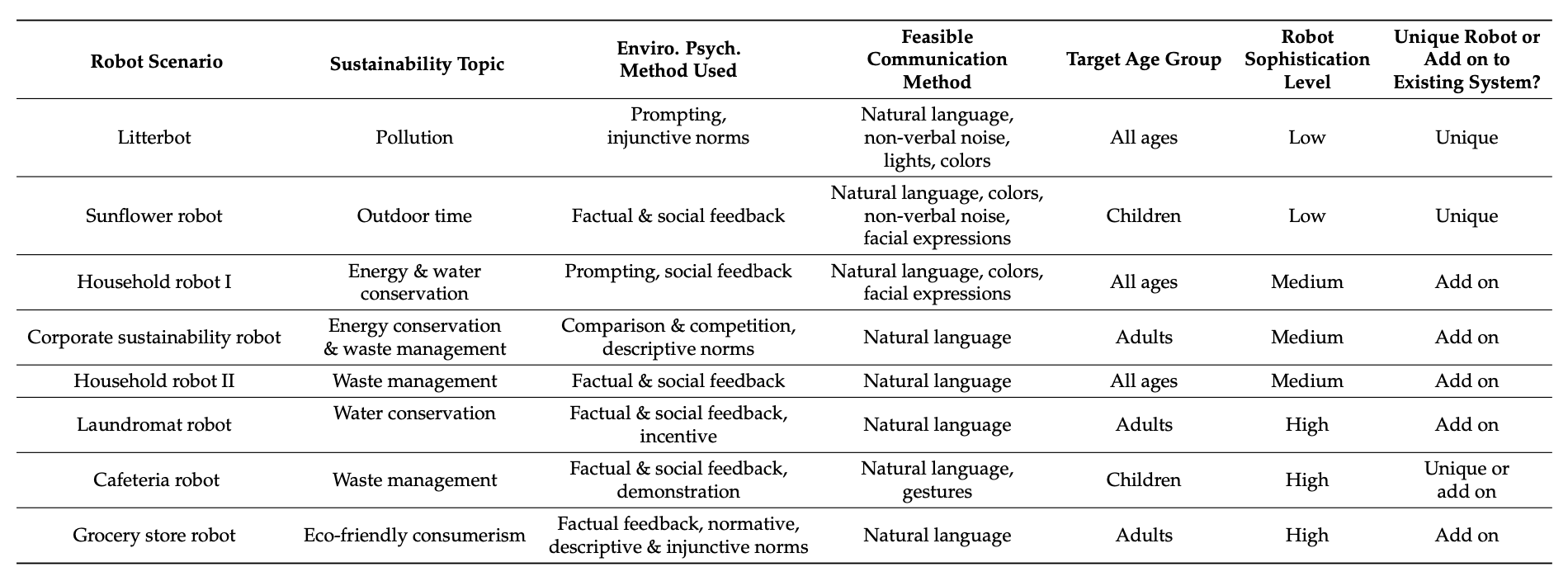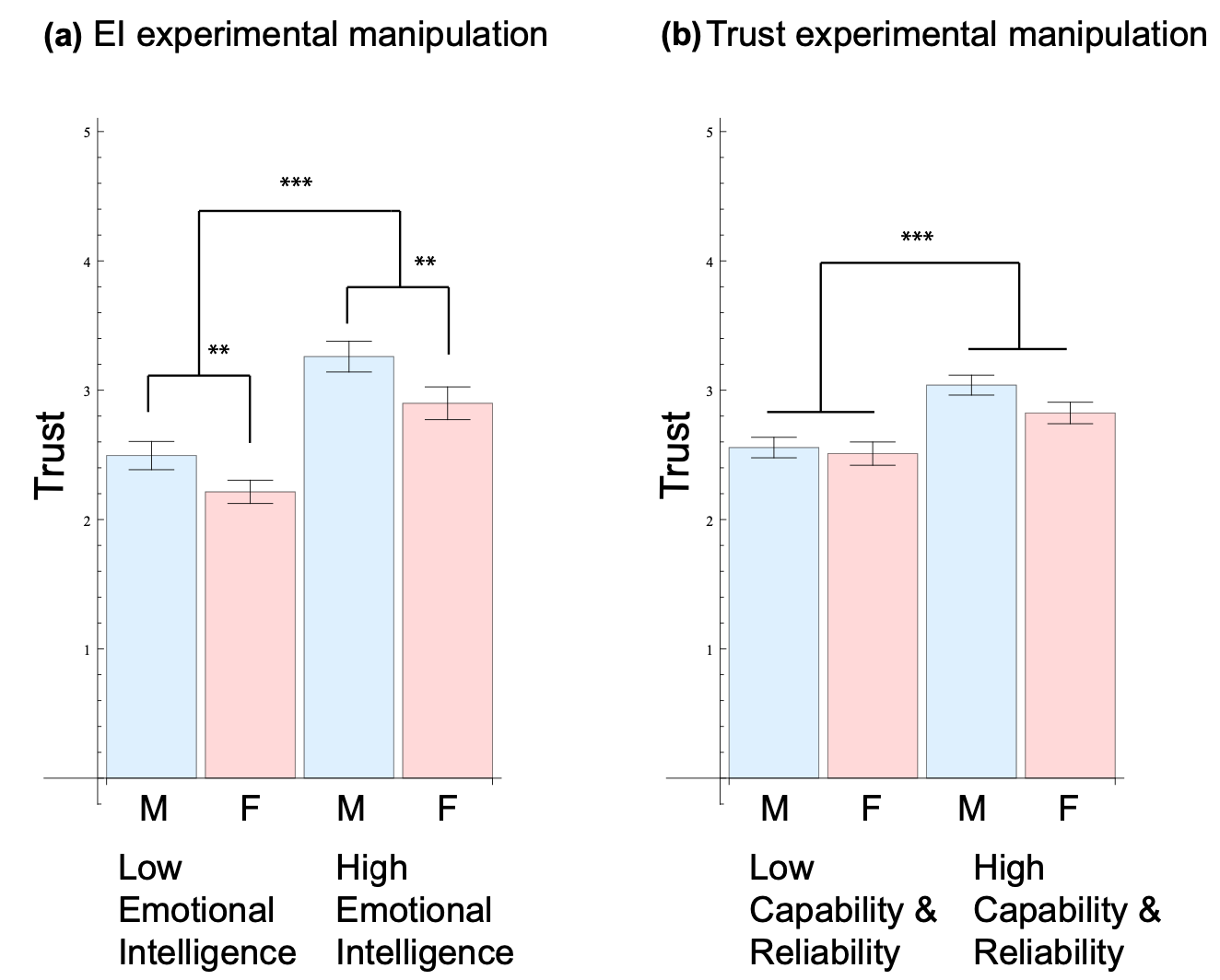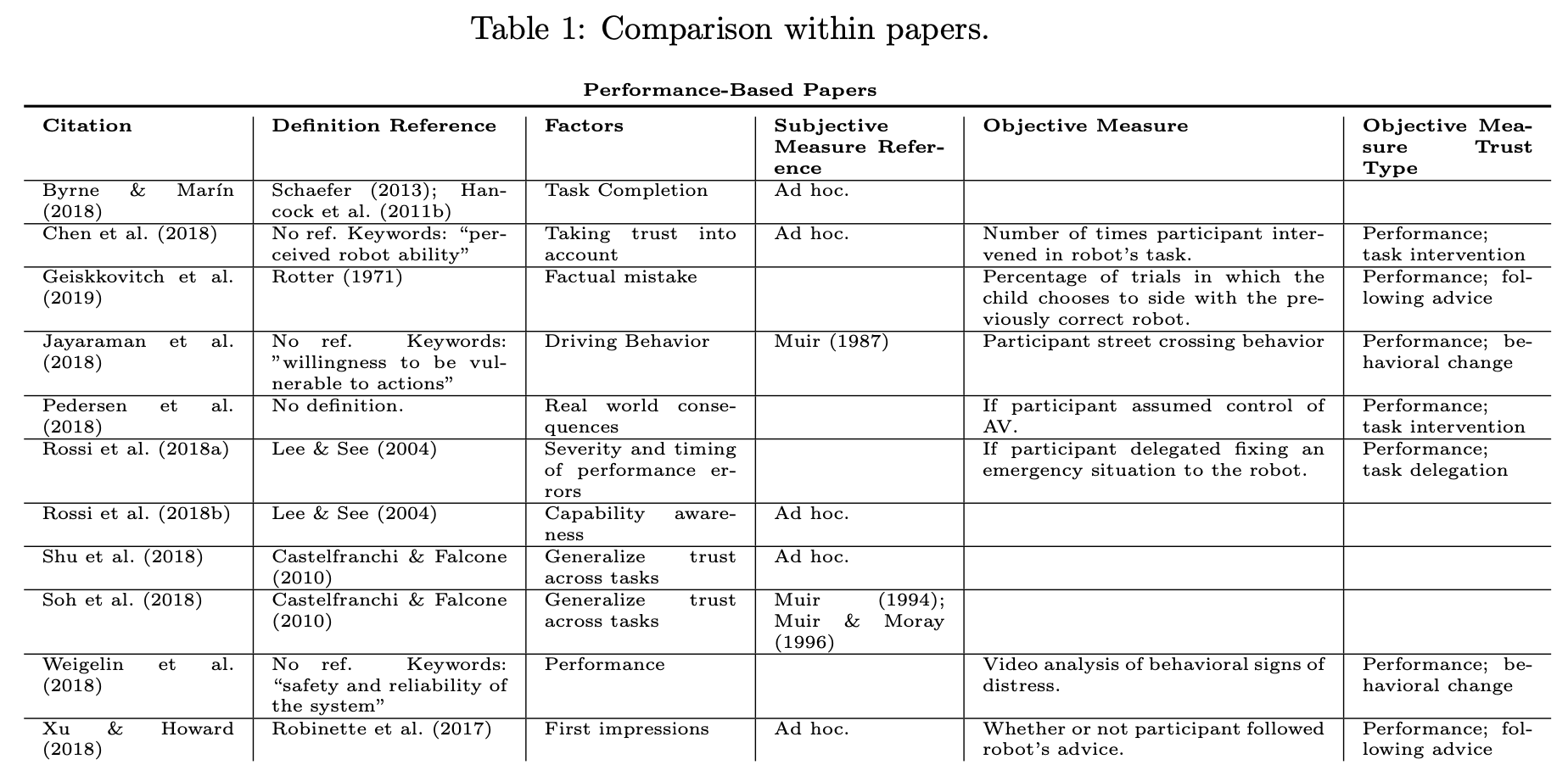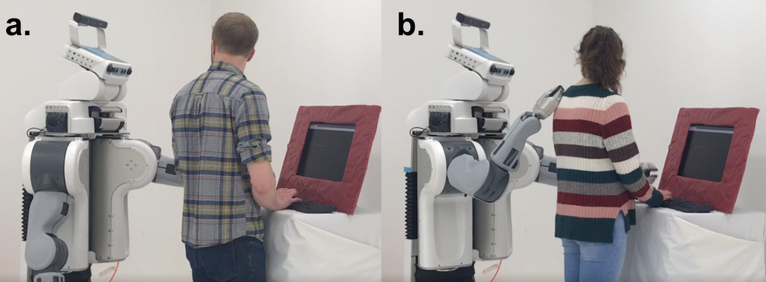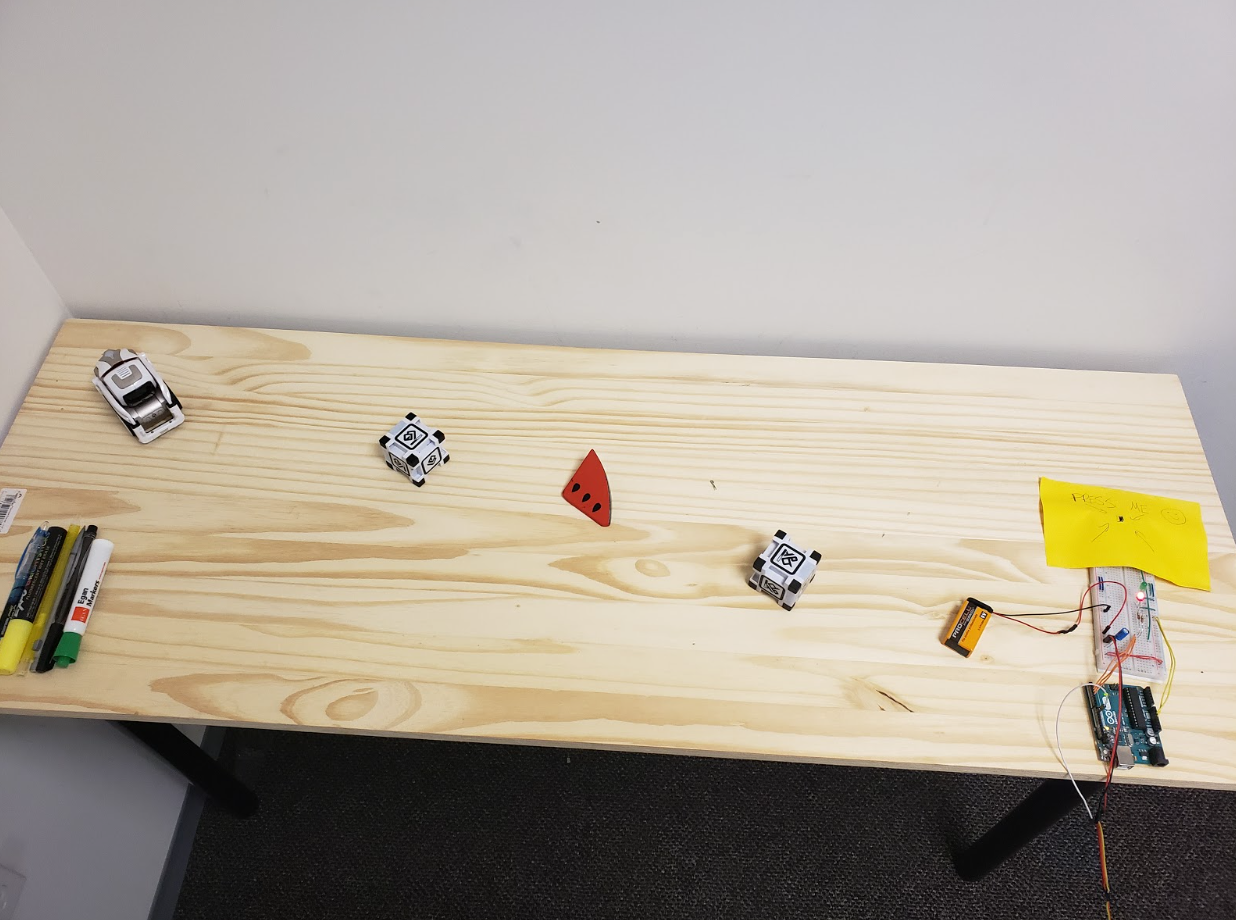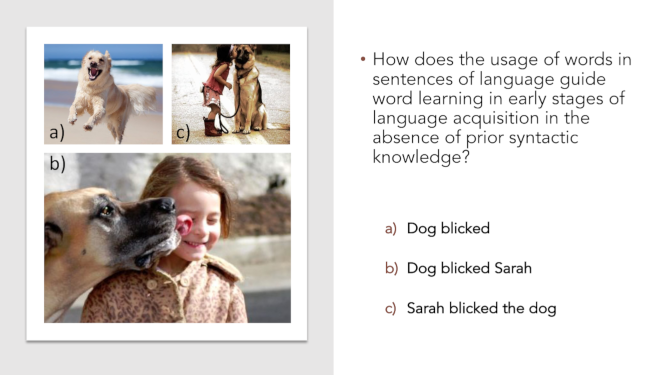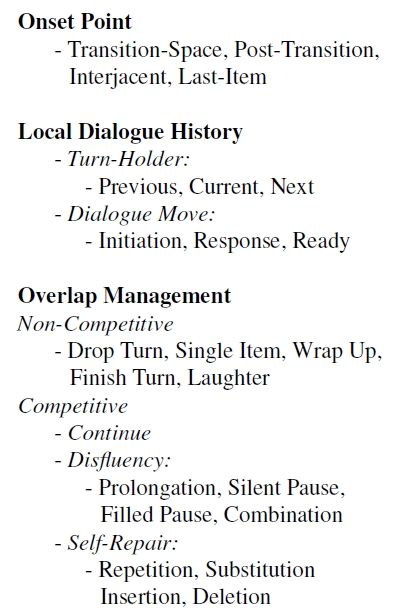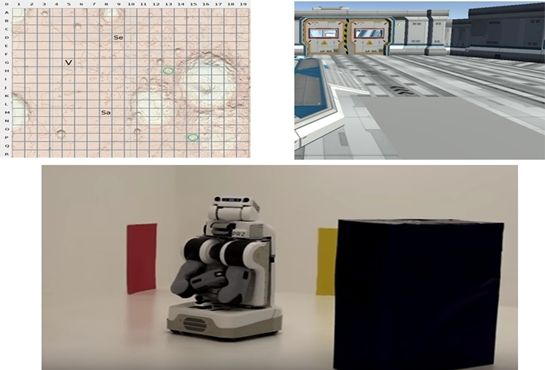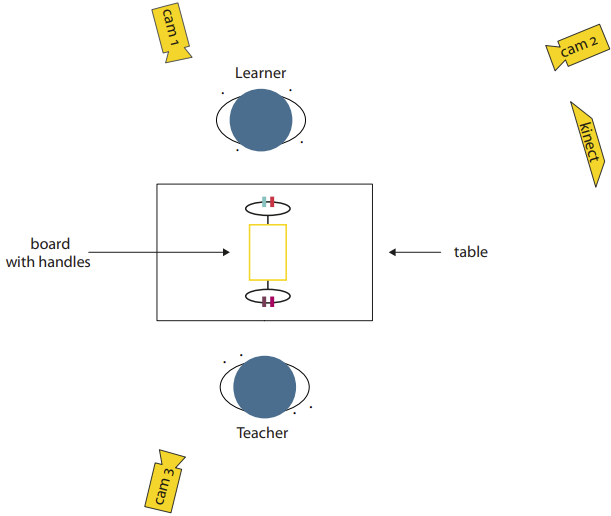For robots to become effective apprentices and collaborators, they must exhibit some level of autonomy, for example, recognizing failures and identifying ways to address them with the aid of their human teammates. In this systems paper, we present an integrated cognitive robotic architecture for a "robot apprentice" that is capable of…
Research
Explore HRILab's research which tackle questions in robotics and AI, HRI, cognitive science, moral psychology, ethics, philosophy, and linguistics. Search within the 432 papers that have been produced by the lab. The token "AND" can be used between search terms.
Research
Explore HRILab's research which tackles questions in robotics and AI, HRI, cognitive science, moral psychology, ethics, philosophy, and linguistics. Search within the 432 papers that have been produced by the lab. The token "AND" can be used between search terms.
Research
Explore HRILab's research which tackles questions in robotics and AI, HRI, cognitive science, moral psychology, ethics, philosophy, and linguistics. Search within the 432 papers that have been produced by the lab. The token "AND" can be used between search terms.

